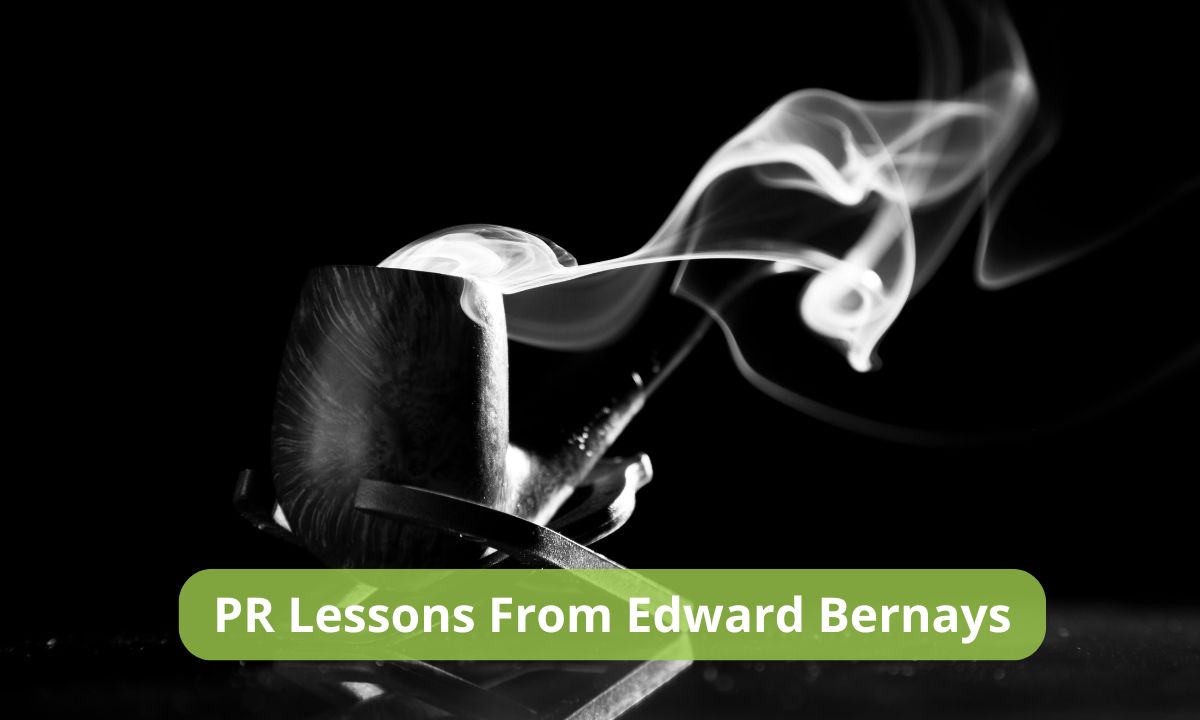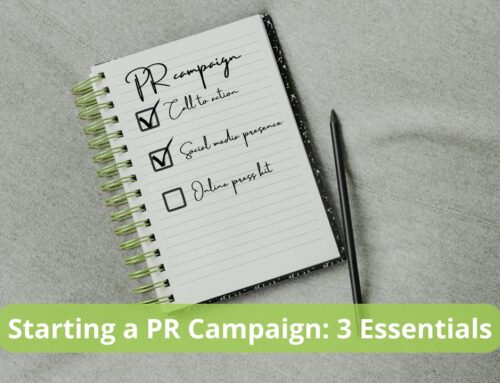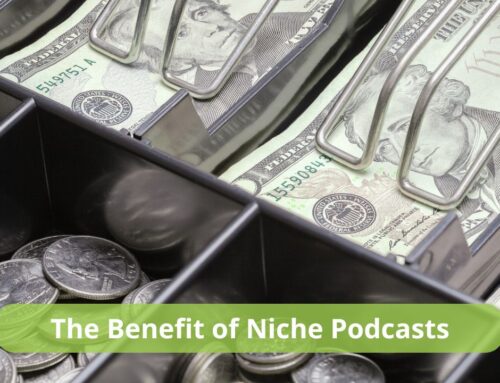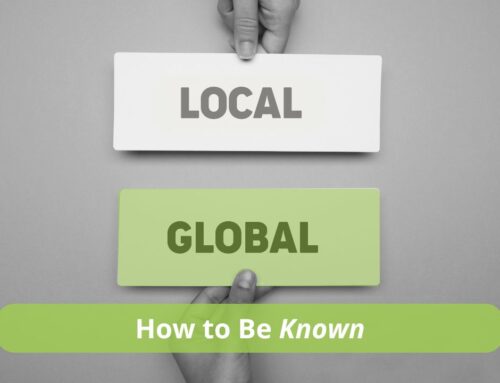Like many of you, I had never heard the name Edward Bernays, which is surprising, given how important he is to the history of public relations.
My world was rocked when my business partner, Michelle, introduced me to Bernays’ work. When you take off your blinders, you discover he single-handedly changed the way brands market themselves to consumers — often through the use of irrational fears and emotions.
But how do we escape his influence? Well, it starts with a bit of history.
The Wrong Lesson
In the late 1920s, U.S. tobacco companies were struggling to sell cigarettes to women, largely due to the social taboo centered around women smoking in public. Then, in one highly orchestrated moment, Bernays completely flipped the script and changed marketing forever.
At the 1929 Easter Sunday parade in New York City, a group of stylish young women marched down Fifth Avenue in protest of gender inequality and lit their “torches of freedom” in front of every photographer lining the streets. In no time, cigarette sales to women were on the rise, and smoking in public was now seen as a bold political statement. From the public’s perspective, a new trend had appeared. Behind the scenes, modern marketing had learned the wrong lesson and officially begun fixating on fear and irrational emotion.

Customer Or Commodity?
Several decades before the torches of freedom took over Manhattan, society experienced the birth of two distinct fears: the fear of the masses and the fear of overproduction.
From 1860 to 1920, the production of consumer goods and services in the United States increased by a factor of 12. During that same time, the country’s population only tripled. Meanwhile, popular philosophies and ideologies, such as Sigmund Freud‘s, were calling into question centralized leadership around the world. Consequently, the people in charge needed a system that not only encouraged more consumption but also pacified an increasingly discontent population.
What does this mean for today’s public relations?
Traditional marketing views customers as commodities, and the primary objective of most messaging is to extract as many sales or conversions from those “customers” as possible. It’s been said that consumers today see up to 5,000 ads per day, and U.S. advertising spending is projected to exceed $700 billion this year. Still, this is nothing more than a corporate arms race and ignores the very sustainable nature of honesty and transparency—or rather, treating customers as humans first.
Win-Win Or Win-Lose
After his slam dunk for the tobacco companies in 1929, Edward Bernays found himself in charge of the new public relations efforts of a number of worldwide organizations. With department stores and media-based product placements fueling the flames, Bernays shipped his social control tactics into every corner of America.
What does this mean for today’s public relations?
This is when marketing transitioned from a win-win relationship to a win-lose relationship—from something transformational to something transactional. This is an imbalanced relationship in which someone must come out on top because nothing is ever completely straightforward, and the only guiding principle is the bottom line. I imagine most present-day consumers aren’t even aware there is an alternative when dealing with businesses, which is part of what can make honest messaging so shocking.
Active Citizen Or Passive Consumer
Though this marketing machine was slowed down temporarily by a massive economic depression and World War II, nothing would keep Bernays’ style of marketing out of fashion for long. The wounds of the Great Depression were quickly whisked away by the PR-directed spectacle of the 1939 World’s Fair. Then, World War II did little more than confirm for Freudian thinkers (and for the world) that the masses could not be trusted.
Wartime makes it easy to see consumption as a political duty, and the line between democracy and Bernays-branded capitalism was disappearing altogether, such as when citizens were encouraged to do their civic duty by buying Ivory soap and cleaning up their city. If the people in charge needed more control and more consumption, then a stable democracy and a population of passive consumers were inextricably intertwined. You simply couldn’t have one without the other.

What does this mean for today’s public relations?
Most modern marketing is designed to remove the customer’s agency, which is paradoxically the exact opposite of the power dynamics of a true democracy. Conversely, honest messaging can motivate customers by offering the involvement and partnership that nearly all consumer outlets are sorely missing. In turn, these transactions cultivate more community and social responsibility.
The New (Old) Way Of Marketing
Of course, the alternative to Bernays-style tactics consists of transparent customer relationships based on trust and mutual benefit. Though many choose to forget it, marketing existed before Bernays, and honest communication is more than capable of captivating an audience.
For companies working to truly differentiate themselves from their competitors, honest messaging can be a means of making authentic and practical comparisons, building trust within your industry, and extending your relationships with loyal customers. Such companies avoid viewing customers as commodities or turning them into passive consumers, and they are always mindful of establishing relationships and creating transactions based on mutual benefit.
It isn’t always easy. Honest marketing means going against the grain and rising above the fray. But it also means finding an authentic path for you and your mission.
Make no mistake. This is about humanity itself—because how we do business shapes and reshapes our relationships with the world at large.
Honest marketing is waiting. Are you ready for something new (old)?







